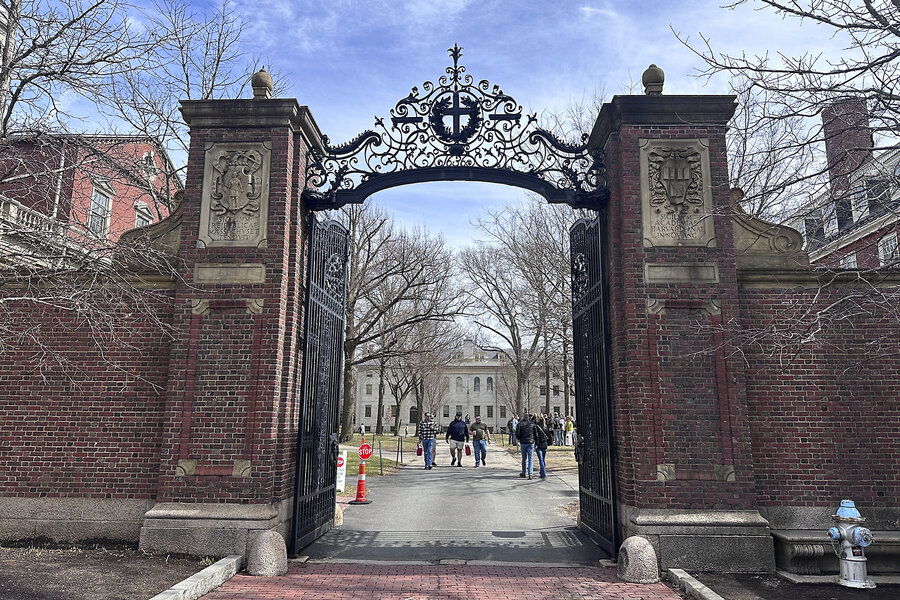Now Reading: US Colleges Turn to Free Tuition Amid Growing Challenges
-
01
US Colleges Turn to Free Tuition Amid Growing Challenges
US Colleges Turn to Free Tuition Amid Growing Challenges

Quick Summary
- Enrollment crisis: U.S. colleges face a decline in potential college-age students,challenging budgets and program sustainability.
- Tuition concerns: Rising costs, student loan collections resumption, and return on investment worries affect affordability for families.
- Response to affordability:
– Tuition-free initiatives are expanding across states and universities as both financial aid and competitive strategies.
– States like Texas ($100,000 income cutoff) and Massachusetts ($75,000 income cutoff) offer tuition waivers for qualifying families starting this fall.
– Nine states currently provide income-based free tuition programs at four-year institutions; four launched recently.
- Private university participation: elite schools such as Harvard University will soon offer free tuition to students from families earning up to $200,000 annually.MIT and Caltech have similar measures in place.
- Economic impact statement: Douglas Harris of tulane university states that despite criticism of higher education systems,policymakers recognize their economic importance; evidence suggests progress is being made on cost relief efforts through financial models like thes.
- Historical outlook & trends:
– Free college programs existed previously but scaled back due to costs (e.g., California in the 1970s).- Over three dozen states offer free community college options inspired by tennessee’s early model (2015).
- Examples of success:
– The University of Arkansas reversed enrollment declines via its Trojan Guarantee scholarship for Pell Grant recipients-boosting freshman enrollment by ~29%.
– Free tuition led Massachusetts community colleges’ enrollment rates to jump between ~10%-40%; Texas institutions also saw enrollment surges post-announcements.
Image Captions:
- At the University of Massachusetts Amherst, residents earning $75,000 or less qualify for free tuition.
- Schools within the University of Texas system will implement free tuition policies for families making up to $100K starting fall semester.
Indian Opinion Analysis
india can draw valuable lessons from America’s growing emphasis on tuition-free models amidst its own challenges with higher education accessibility and affordability. With rising aspirations among lower-income groups coupled with India’s demographic dividend offering a young population base beyond most developed nations’, ensuring equitable access could foster wider social mobility while driving economic growth.
The data highlights how targeted scholarships addressing cost barriers not only improve access but reverse declining enrollments-a strategy India could employ through better alignment between public universities’ fee structures and regional incomes. Policymakers might explore state-sponsored incentives like conditional grants focused on marginalized communities or incentivized private sector cooperations fostering need-based aid programs akin India’s Right To Education Act principles widened scope keeping systemic alternate ease constraints contexts tightened


























